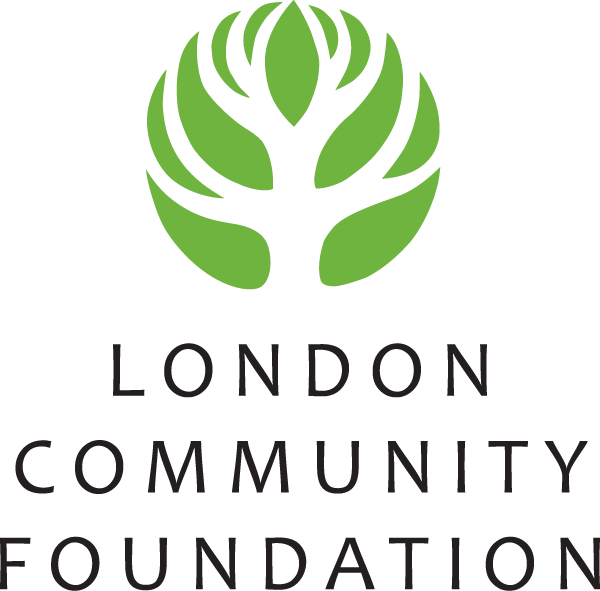I hope the Back to the River project can help build awareness about non-point source pollution. Non-point source pollution, like storm water and sewer overflows and agriculture run-off, are much harder to measure than point pollution out of a factory pipe. All levels of government must act together and require farmers and municipalities to reduce non-point, nutrient pollution, like phosphorus, or pay for remediation.
Read MoreFermented foods like yogurt, sauerkraut, kimchi and kombucha not only add nutrients to our diet, but are also sources of live bacteria contributing to the maintenance of a healthy digestive system. While these benefits are broadly understood, more practical studies examining their effects on quality-of-life and disease prevention are needed to integrate their consumption as part of patient-care.
Read MoreWhen we reached the Queen Street Bridge and the Forks, from whence we’d come just an hour earlier, I thought again about the Back to the River project — and how much it would beautifully complement what we’d seen and experienced that afternoon. It would add a visual exclamation point to the redevelopment of the Forks, already haltingly underway.
Read MoreWe’ve entered the festive season! Read on to learn more about holiday giving, granting and LCF’s holiday hours.
Read MoreTatiana Zdyb’s childhood was far from typical. Homeschooled with her brother and sister in Toronto by her Polish parents, it was only when she started her undergraduate studies at Western that she experienced proper schooling for the first time.
Read MoreAs the One River environmental assessment so eloquently states, the Thames River is both our inheritance and our living legacy. I grew up only a stone's throw away from the forks and long assumed that the river and the Blackfriars Bridge must be beloved local gems. And this astonishingly innocent and astigmatic thinking still somewhat lingers within me to this day.
Read MoreIn 1793 on the banks of the Thames River, London was established. For generations, this Canadian heritage waterway supported commercial, cultural and ecological functions that enriched the city. In time, the industrial revolution brought railroads and cars, and the city turned its back on the Thames River.
With this in mind, the London Community Foundation recognized that the natural beauty and underutilized economic value of the riverfront remained a significant missed opportunity. After discussion with politicians and city planners, the LCF embarked on the Back to the River plan.
Read MoreThe holiday season inspires more generosity than any other time of year. Statistics show that 31% of annual giving occurs in December! With that in mind, as we open our hearts and wallets, inspired by the wintery warmth of the holidays, I’d like to share some strategies on how you can turn your giving into a lasting charitable legacy.
Read MoreA community BBQ, a benefit concert at the Aeolian Hall , a silent auction, hundreds of volunteer hours, thousands of dollars in household items and cash donations, and so much more. It was inspiring to see how quickly and enthusiastically our community came together to support the families of Woodman Avenue.
Read MoreFrom the bombast of international musical productions, to the subdued funk of smooth jazz, to the classrooms of Fanshawe College, Duncan Grant was a musician whose versatility and dedication was matched only by his strength of spirit. Passing away after losing his battle with pancreatic cancer, his legacy lives on through his music, his family, and the Duncan Grant Bursary Fund.
Read MoreThousands of women in low-income situations can’t afford period care products and are often forced to make decisions that not only compromise their health, but their dignity. Sarah Askew is working to change that through Mensadora, her social enterprise that manufactures and sells reusable menstrual products.
Read MoreBetween 10 and 20% of Canadian youths are affected by a mental illness or disorder. With wait times for service ranging from a couple of months to over a year, the need for quality, affordable, and accessible mental health care services is apparent now more than ever. So, in 2015, the London Health Sciences Foundation received a $250,000 Community Vitality Grant from LCF for the Transition Age Project (TAP).
Read MoreIn 2015, Cara Schmidt was waiting in her car for the rain to subside while her son, Andrew, was playing soccer. When the rain stopped, she decided to go out and watch by the field, but quickly realized something was wrong.
“I noticed there was a kid down,” says Cara. “It was Andrew. All the kids started to get off the field and at that point I knew something terrible had happened.”
Read MoreThe tragedy of his daughter Julia’s sudden death devastated Murray Hunter, but a desire to heal and help others was born.
“First thing I did was call the Foundation,” says Murray, “I spoke to President & CEO, Martha Powell, and she suggested that the fund should have a narrow focus. I liked gardening, so I thought if I focused on that, I could start the healing process.”
Read MoreIs the Thames a great river? A grand river (pun intended)? For me, the river is an amazing natural treasure. I have walked its shores in quiet contemplation. I have biked alongside it both for commuting to work and for pleasure. I recall attending family reunions in Springbank Park as a child, playing with my cousins down by the river’s banks. I am grateful for these memories. I hope many Londoners have experienced the same opportunities to make memories. I also wish for future generations to be able to experience that we have been offered.
Fortunately, there’s a plan in place to make that wish a reality. A plan to get more of us Back to the River.
Read More














